
Lighthouse
Reference: The Kish by PaulODonell / used under CC-BY
Limited Palette and Thick Watercolors Test Painting
Previous: Experimenting with Limited Palettes

Lighthouse
Reference: The Kish by PaulODonell / used under CC-BY
Previous: Experimenting with Limited Palettes
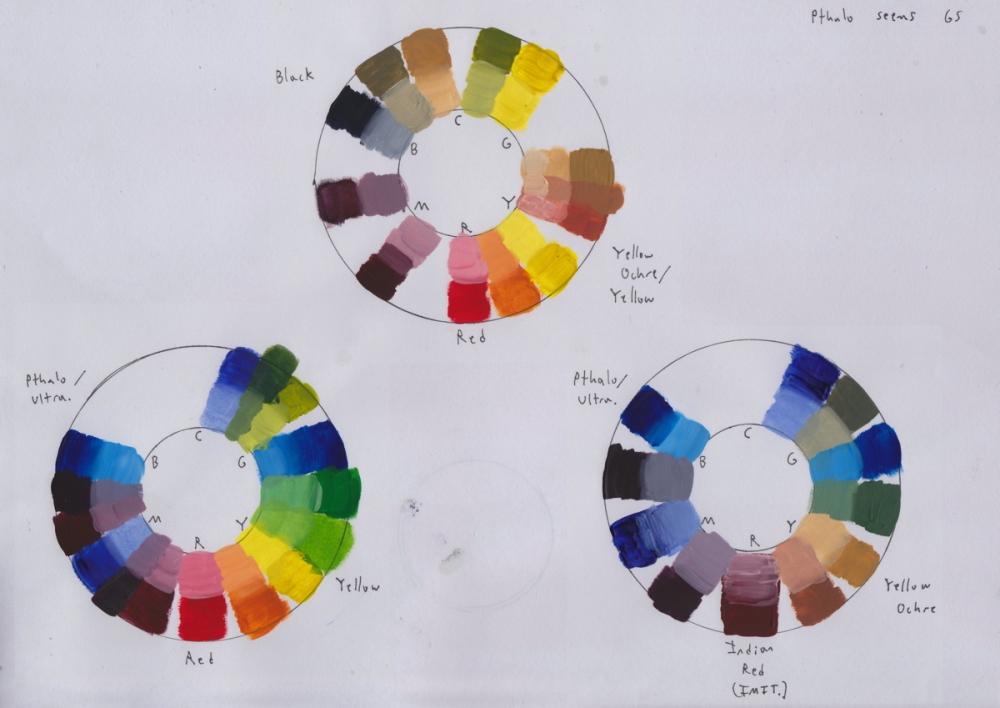
3 Color Palettes
From Left to Right:
[Red, Yellow, Pthalo Blue (Green Shade)/Ultramarine]
[Red, Yellow/Yellow Ochre]
[Indian Red (IMIT), Yellow Ochre, Pthalo Blue GS/Ultramarine]
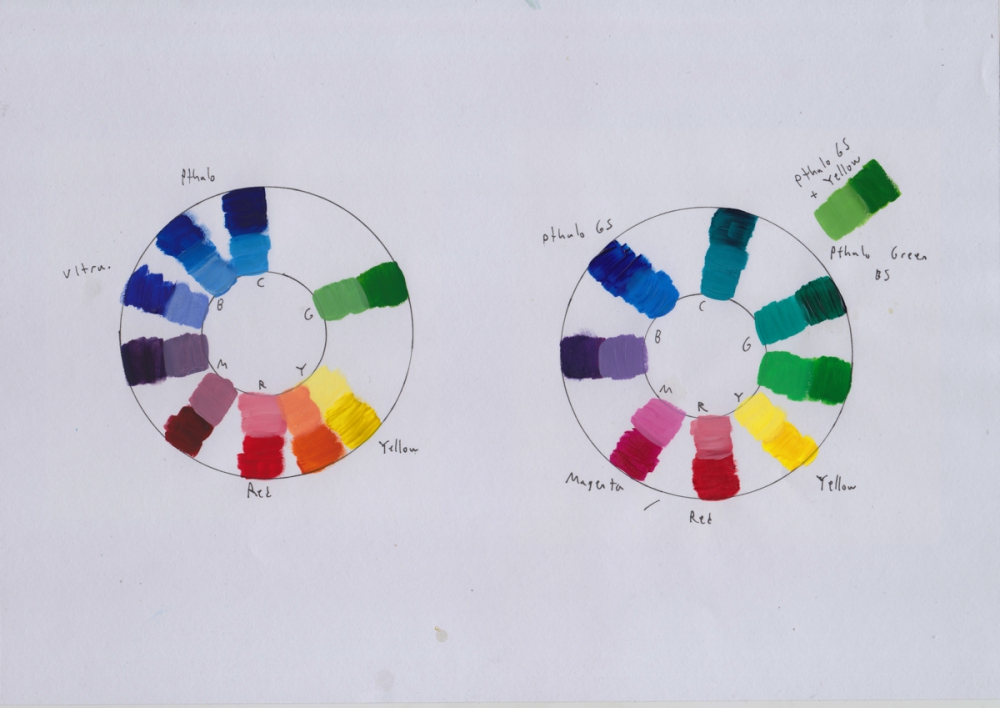
4 Color Palettes From Left to Right: [Red, Yellow, Pthalo Blue GS, Ultramarine] [Quinacridone Magenta, Hansa Yellow Medium, Pthalo Blue GS, Pthalo Green (Blue Shade)]
Their are way more limited palettes then what I covered. These are just the ones I wanted to try. Technically their are as many combinations of three colors as you could think of although only a couple dozen are very useful and common. You could even use a two color palette to great effect. James Gourney has some great examples of two palette paintings, this one I think is one of the most striking. The Zorn palette is technically two color, but I see it more as a three color palette because the black serves as a substitute blue.
I also want to mention if you didn’t see the annotation I made, that it’s often much cheaper to buy a set if you can.
There’s also a lot of small sets to choose from, but for example with Golden, the small ones are around $0.16 per ml, while the big sets are only $0.11 per ml. Prices calculated from Amazon/Dick Blick.
There’s also different series/pigment prices to consider but the video was long enough. I’ll make a note to do a video on deciphering paint tubes.
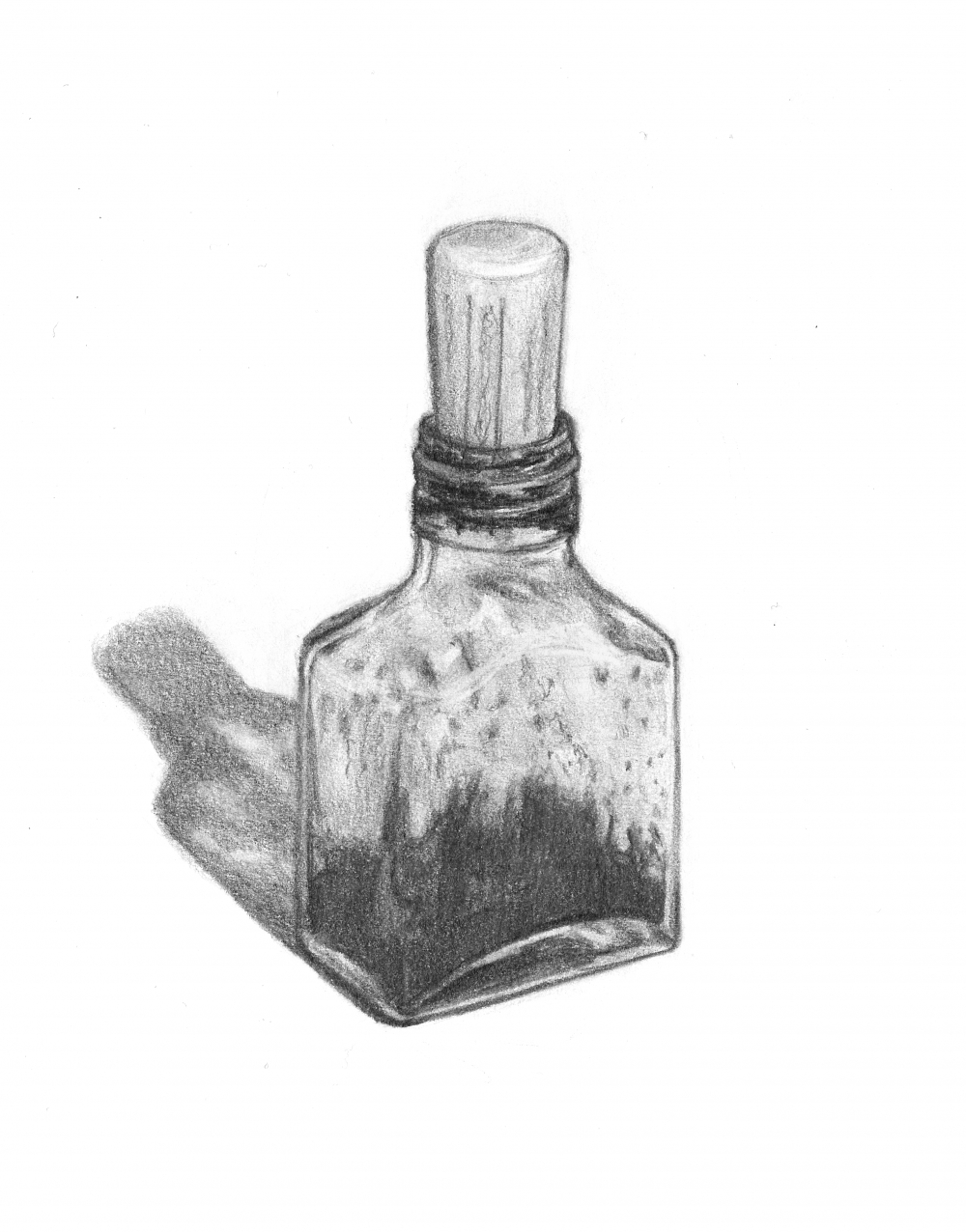
The pencils I use are Lyra ArtDesign if you’re interested. I found them the smoothest of the ones I tried.
The eraser pencil is from Faber-Castel but to be honest if other brands exist I’d try those instead. I find the Faber-Castel one a bit too harsh and yet not hard enough to really keep a sharp tip. It feels and looks similar to a pink school eraser. I’ve not had mine stain that I can remember but there have been reviews complaining about that.
The book I mentioned is called Course in Pencil Sketching by Ernest Watson. I’ve mentioned it briefly before here and here.

Please note that this method is accurate so far as I’ve been able to compare it with 3d models, and also this was one of the methods used in a book I was reading, but as cover in the next video below there’s something off about using this to construct perfect cubes so I’m not sure if there might be some minor error or there’s something I’m not taking into consideration when constructing perfect cubes.
Patreons can get access to the 3d models I made and the PSD for the animation here.
If you have any questions or there’s something else you have trouble with concerning perspective leave me a comment and I’ll try and help.

The image is just the thumb. I'm not scanning 100 pages. I go through them all in the video.
For the references I used a mix of pixelovely, quickposes, and characterdesigns, hence why unfortunately I did not have very early poses that repeat later. I have saved a few of my favorite poses for next time so hopefully there will be more to compare.
The anatomy book I like to use is Classic Human Anatomy by Valerie L. Winslow. If you can only afford one book get this one. The only downside is it's all drawn but I have found no other book so well done.
As for Michael Hampton who I mentioned, he has a wonderful blog full of sketches that I found very helpful. He often shows his reference and I recommend you first attempt to do the pose from the reference, then look at his approach for help/comparison. He also has a book (Figure Drawing - Design and Invention) that looks very good.
The lightning bold figure drawing method I mentioned can be found here.
Oh also, this is kind of unrelated, but I fixed the noise on my microphone! I'm using an iPhone with a mic app plugged into my computer and I thought the noise was just a side-effect of the cable or being so close to my fan, but turns out it was all Windows. I had microphone boost turned on because otherwise I couldn't use the computer mic before without it, turns out this just seems to introduce hideous amounts of noise.
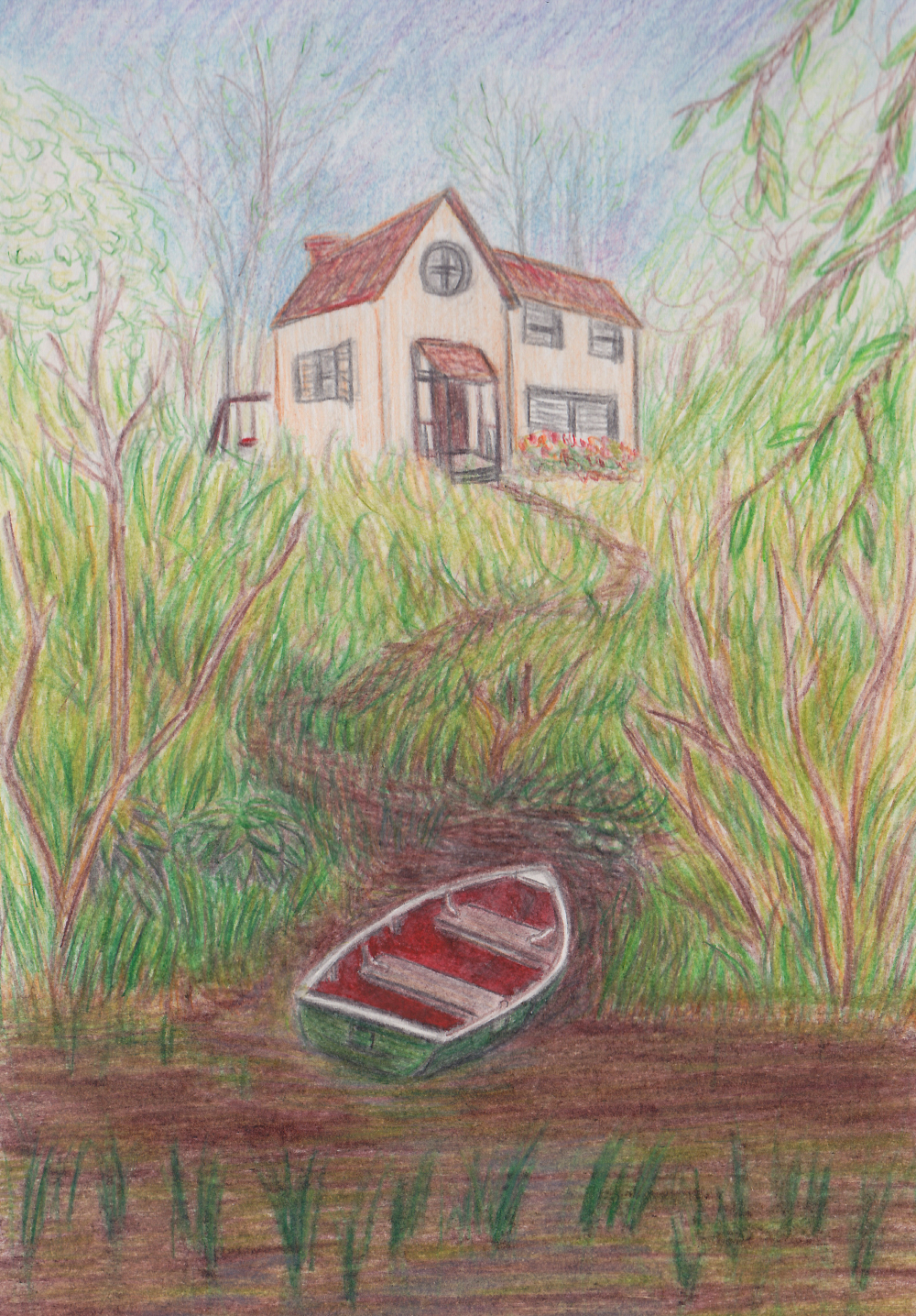
Inspired by: Willy Lott's Cottage as painted in The Hay Wain by Karen Roe / used under CC-BY
Okay it seems I won't be able to do daily drawings. It's too much work editing and uploading. By Friday I felt so horrible I was practically useless all day and that kind of reverberated through the weekend. I can draw daily, it's just the rest that kills me. So I'm thinking of like doing a weekly progress thing or every few days post whatever I've been working on like here.
This took 2-3 days and 3 hours total.

Painting of: Old man of Storr by Luls Ascenso /used under CC-BY
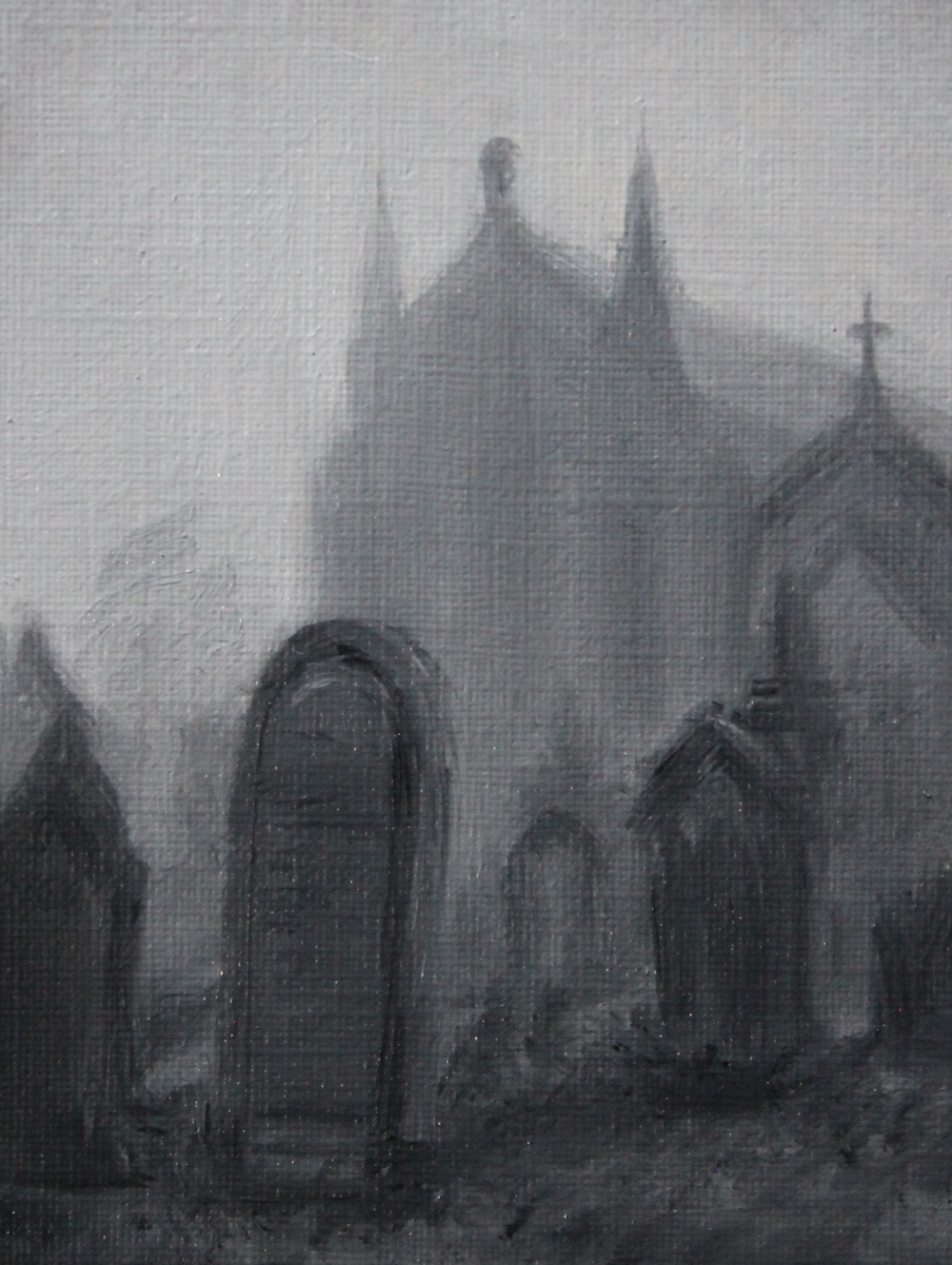
Painting of: Fog 7 by Tim Green / used under CC-BY

References (all used under CC-BY):
Cool house in Washington, D.C. (Logan Circle) by Brent Moore
Bodiam Castle, East Sussex, England, 11 October 2005 by Phillip Capper
I made a camera rig (you can see it in the first video below) for filming traditional sketches. It’s a bulky solution but it works well regardless of how comical it looks. I don’t think it’s worth an instructable. All I did was stick a wall hook in the ceiling and then mess around with the rope until I got something that worked. It’s surprisingly secure. It also doesn’t cast any bothersome shadows or anything.
The original plan was to just hang the camera but it moved to much even if I tied it to the shelf, plus it cast a horrible shadow.
In the future I’m thinking I will hang it, but making some sort of arm that sticks out from the shelf to properly stabilize the camera. It doesn’t need to be bulky since it won’t bear any weight and to not get a shadow I just have to get the camera in the right position.
I thought about making an overhead arm for the tripod but I’m not sure how I’d attach the camera. The ways I’ve seen it done would mean that the camera would end up in portrait mode (because there’s only space to the sides for the counterweight) and you wouldn’t be able to modify it’s tilt at all.
If anybody has any ideas or suggestions leave me a comment.